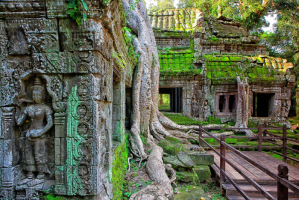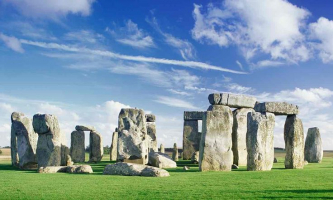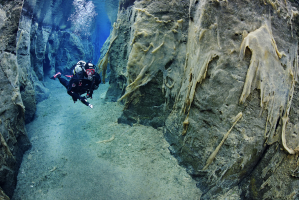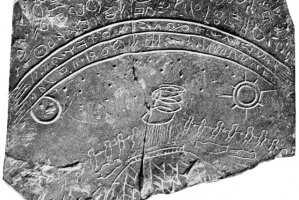Top 10 Most Incredible Archaeological Restorations
Regarding the preservation and safeguarding of priceless archaeological finds, there are differing opinions among the archeological community. Ancient ... read more...buildings and historical objects are extremely fragile; once they have been damaged, they cannot be rebuilt, and once they have been lost, they cannot be restored. Over the past few decades, there have been numerous archaeological restorations, many of which spectacularly brought back a specific site's previous splendor. Archaeologists today do their best to preserve new and significant sites as they are discovered, restoring them with the least amount of interference possible to give us a glimpse into our history and our common human heritage. This is due to the immense harm brought about by faulty and ignorant restorations carried out in the previous century.
-
People may highlight some of the restoration work that has been completed thus far, even though Pompeii's restorations definitely merit a list all to themselves. Since organized archaeological excavation first started in the 18th century, the tombs, luxurious homes, and public areas of Pompeii have been pillaged by thieves, and in certain early cases, the original remains have even been ruined during the process of "restoration." The Italian government formally declared a year-long state of emergency for Pompeii in 2008.
Following a flood of unfavorable press, the European Commission joined the effort and authorized money for the site's security in the amount of €105 million (about $116 million). One of the first important suggestions was to protect everything that had previously been dug up. (To this day, a third of the archaeological site lies underground.) Workers made every effort to stabilize the historic structures and stone walls, restore the frescoes, and install modern stormwater drainage systems to divert rainwater.
To protect Pompeii's hundreds of daily visitors, several surveillance cameras were also installed throughout the old city. Overall, the project made it possible for Julia Felix's estate and more than 36 other structures to be repaired and opened (or, in some cases, reopened) to tourists over more than 130,000 square feet (12,077 square meters) of the archaeological site.
- Country: Italy
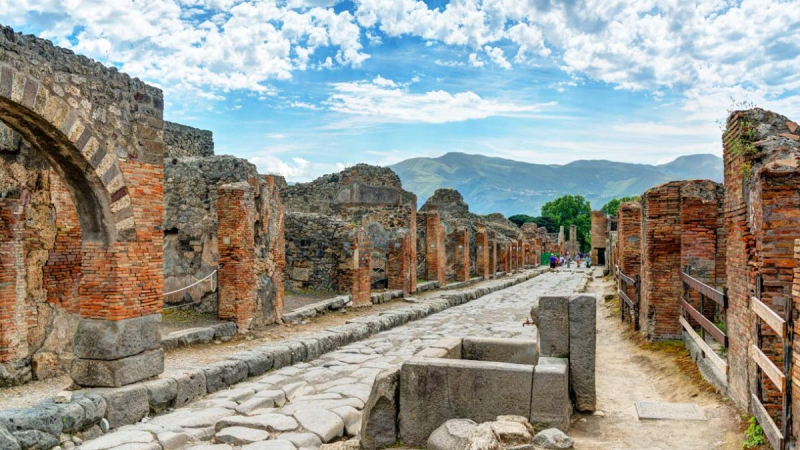
https://www.hostelnap.com 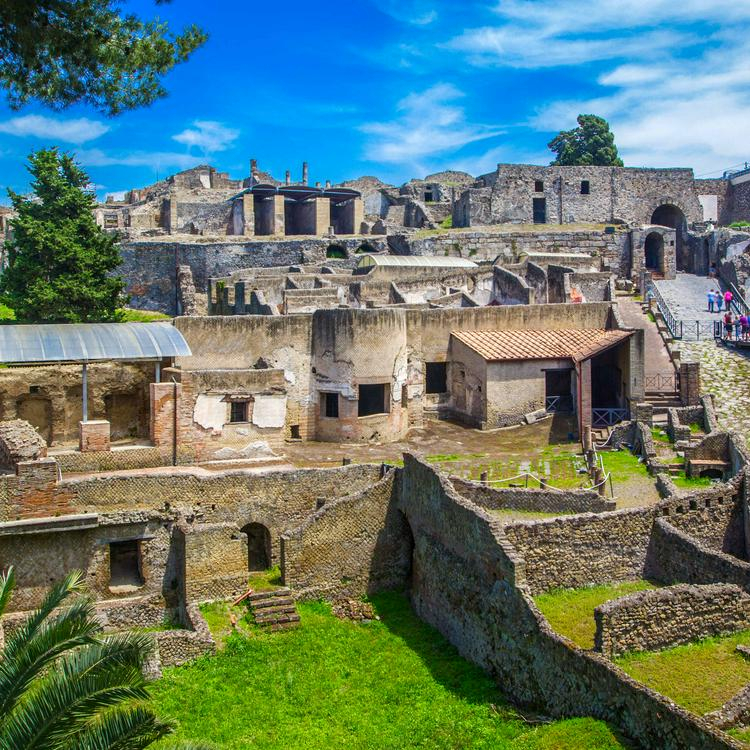
https://www.romeanditaly.com -
Few people realize that the amazing Terracotta Warriors, which were unveiled in China in 1974, were not actually found undamaged, despite the fact that the majority of us have heard of or are familiar with them. Since the site is continuously being excavated and fresh discoveries are being made every day, estimates of the overall number of terracotta soldiers vary.
In actuality, just one of the almost 8,000 soldiers that we are aware of was found intact. Over the course of the extensive network of underground caverns, archaeologists have found more than 600 pits. Three very big holes were included within the Terracotta Army Museum, which is now one of China's most well-liked tourist destinations, albeit the most are now yet unexplored. Each visible pit is significantly different from the others.
The warriors can be seen standing in formation in one pit that has been perfectly rebuilt, while another pit will display the soldiers' original state of collapse and cracking. The command post is represented by the third pit, which is the smallest.
- Country: China
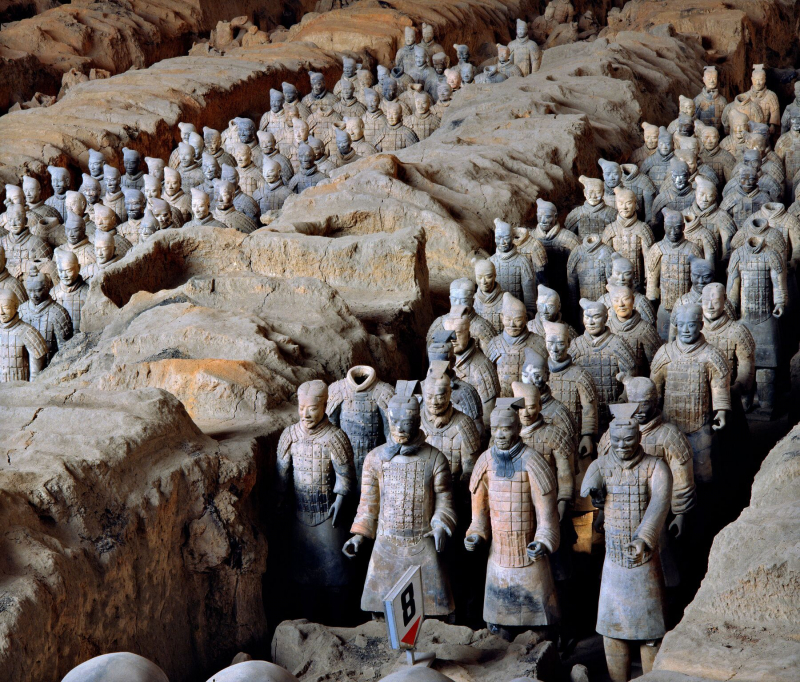
https://www.newsweek.com/ 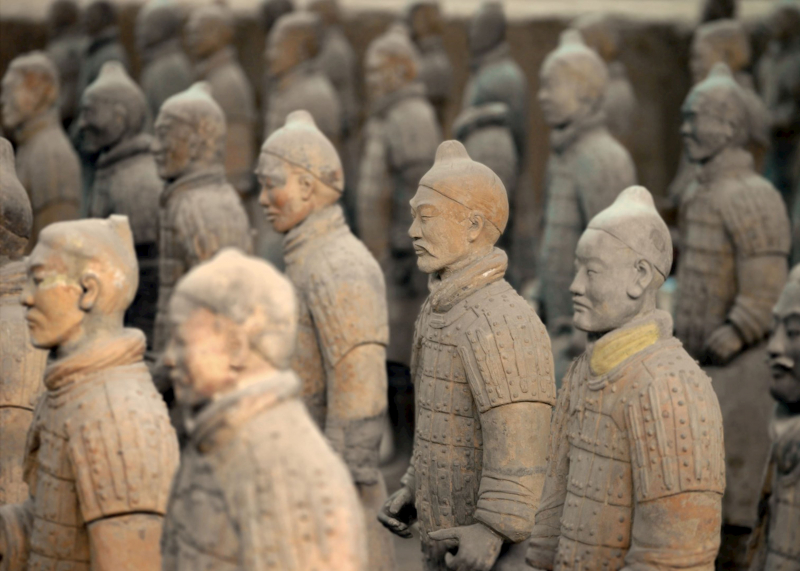
https://www.audleytravel.com/ -
Today, it takes a great effort to save and bring a historically noteworthy shipwreck to the public's attention. One of Sweden's top tourist locations, the Vasa Museum in Stockholm, is home to one of the best examples. The Vasa, a custom-built warship for King Gustav Adolphus, sank in 1628 on its maiden trip after being blown onto its side by a gale of wind just 4,265 feet (1,300 meters) into the expedition.
The ship swamped and sank into the shallow waters of Stockholm's port, where it remained for 328 years before being rediscovered in 1956. The Vasa underwent a painstaking and thorough cleaning procedure over the course of the following 29 years, and was gradually brought back to its former splendor. The museum was inaugurated in 1990 in recognition of the significant Swedish symbol.
- Country: Sweden

https://travelmagazine.org 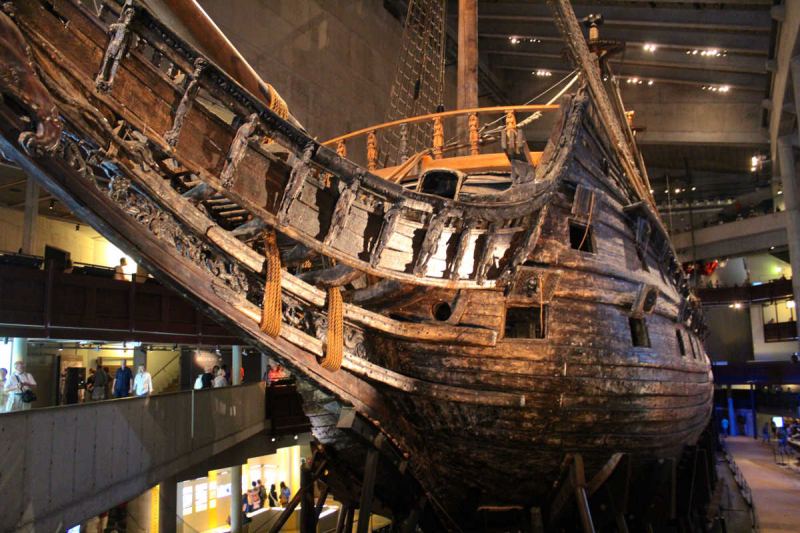
https://authentictraveling.com -
One of the most significant remaining structures from Ancient Greece, the Parthenon is regarded as the epitome of Greek architecture. Aside from being the center of Athens' religious life, its sculptures, statues, and other works of art stand as some of the most exquisite displays of Greek elegance and refinement.
The Parthenon, which was constructed in 500 BC, was once a representation of riches, power, and achievement. It is still one of the most well-known buildings in the world today. When the Greek government decided to take serious steps to restore the fast decaying structures in the 1970s, the Acropolis Restoration Project was formed.
The group meticulously mapped each every relic and piece of debris, pinpointing each one's original location using 3D mapping techniques. While this repair is still in progress, the team hopes to improve original Parthenon artifacts whenever it is practical to preserve the site's integrity while also remaining corrosion- and water-resistant.
If fresh marble from the original quarry site is required to complete the repair and maintain the building's original appearance and feel, they will do so. It won't be entirely repaired, though. Instead, it will be left as a mostly intact ruin to showcase its distinctive features and significant history.
- Country: Greece
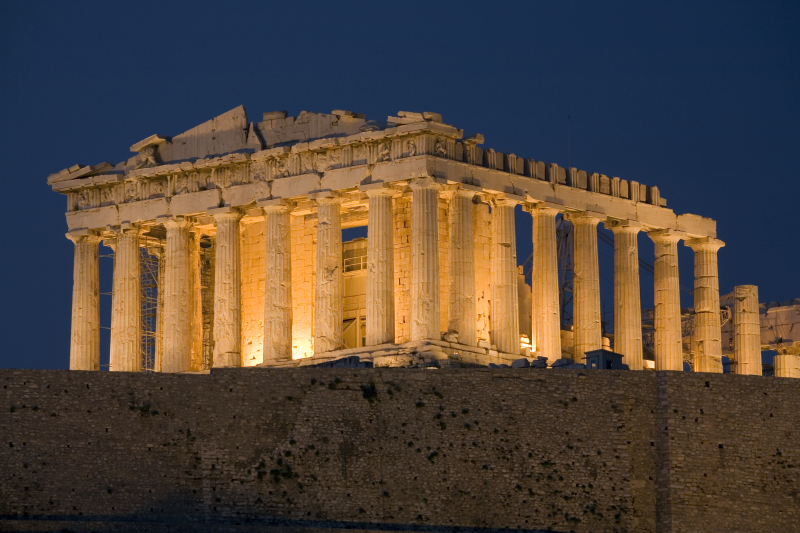
https://explorethistown.com/ 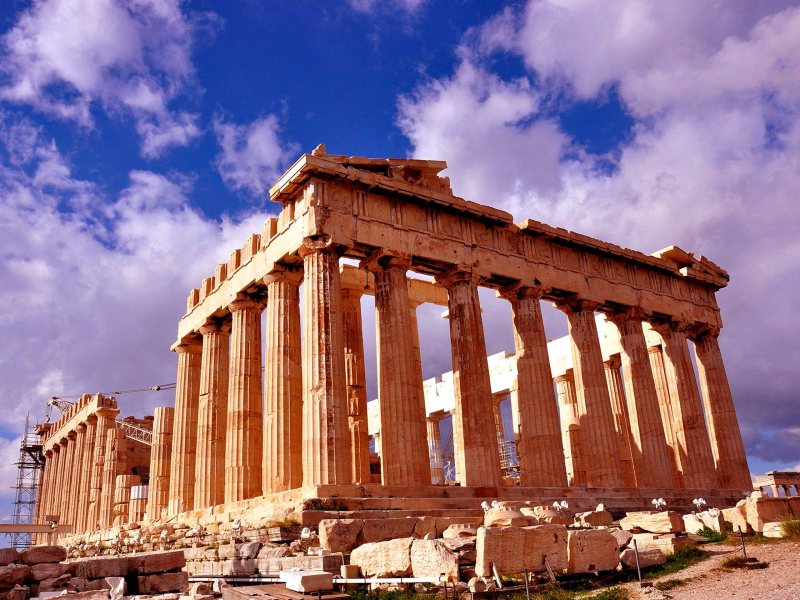
http://wallpapercave.com/ -
More than 247 acres (1 square kilometer) of the ancient Karnak temple precinct are located in Thebes on the eastern bank of the Nile River (known as Luxor today). At the location, construction started more than 4,000 years ago and didn't cease until the Romans besieged Egypt and took control around 2,000 years ago. The length of time it was in use and actively being developed sets Karnak apart from the other temple sites found in Egypt.
There is evidence that at least thirty pharaohs contributed to the site, giving it a vastness, intricacy, and variety that is unmatched. Numerous additional preservation issues have arisen during the past century as a result of local agricultural irrigation, rising water levels, and chemical deterioration. This degradation severely damages the historical record, jeopardizing the integrity of the site and making it more difficult for historians to understand the context and significance of the carvings and hieroglyphs seen on the majority of building facades and other surfaces.
Over the past few decades, numerous ground-breaking methods, such as the use of lime mortar, have been employed to restore many of the temples, pillars, walkways, and statues on the property. The most prominent of these were the ongoing restoration of the 29 ram statues in the first courtyard as well as the restoration of the Luxor Temple and the Precinct of Amun-Re.
- Country: Egypt
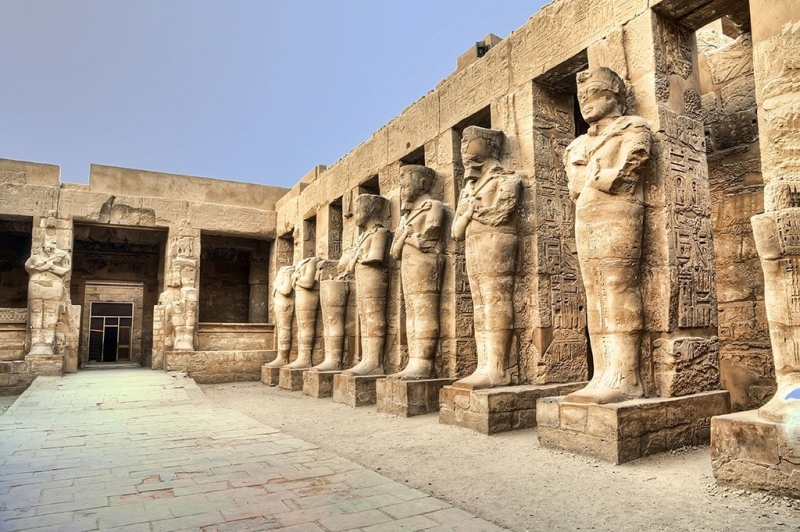
http://www.ancientpages.com 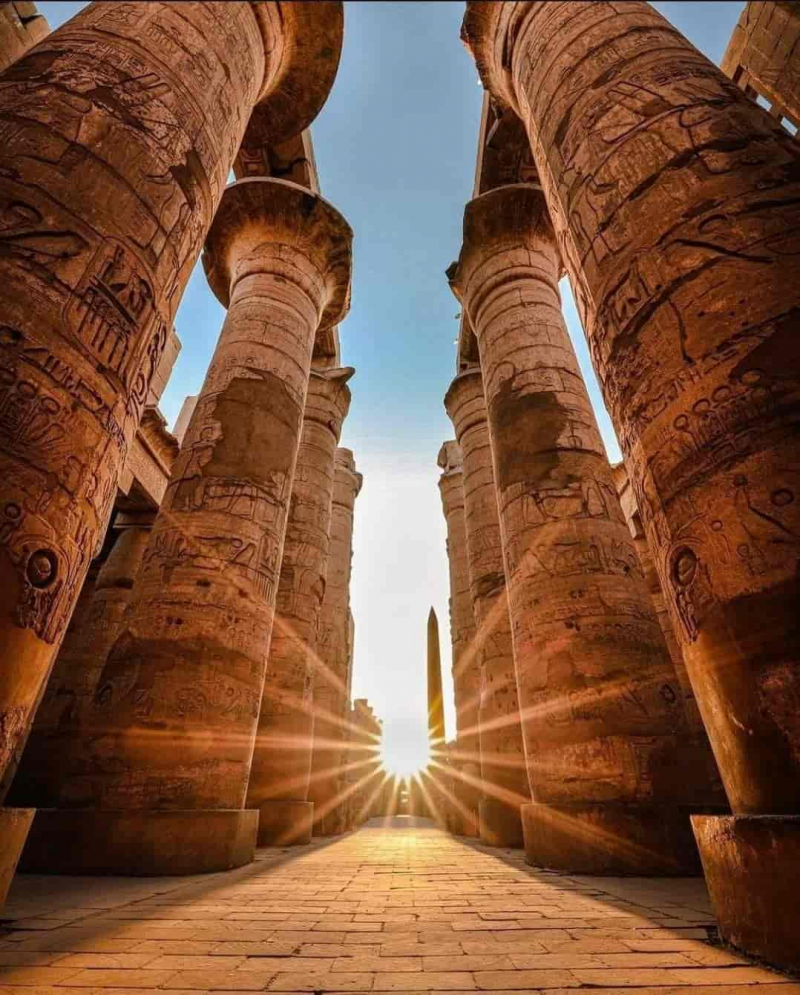
https://historicaleve.com/ -
Pope Sixtus IV gave the go-ahead for construction to begin on the Sistine Chapel at the Vatican, which is situated next to St. Peter's Basilica. Construction was completed about 1481. The church is renowned across the world for housing numerous priceless works of art. The artworks that can be discovered on the chapel's walls were actually greatly influenced by a number of well-known artists, including Botticelli and Perugino, two of the greatest Renaissance artists of all time.
From 1508 to 1512, Michelangelo was occupied with Pope Julius II's request for the ceiling's beautification. Pope Clement VII approved Michelangelo's magnificent painting of the Last Judgment in 1541. The works of Michelangelo are regarded as some of the most outstanding examples of Western art ever created. The Sistine Chapel's artworks, more specifically the ceiling and accompanying Michelangelo apertures, have undergone numerous restorations throughout the years, the most recent of which took place between 1980 and 1994.
Both art enthusiasts and art historians were greatly affected by its most recent restoration since it unveiled hues and intricacies that had never before been seen. Many claim that as a direct result, every book regarding Michelangelo's methods ever written will need to be rewritten. In essence, it refers to a reconsideration of his aesthetic, color palette, and art form as a whole, which is likely to result in a fresh understanding of the High Renaissance's brilliance—possibly the finest time in Western art history.
- Country: The Vatican City
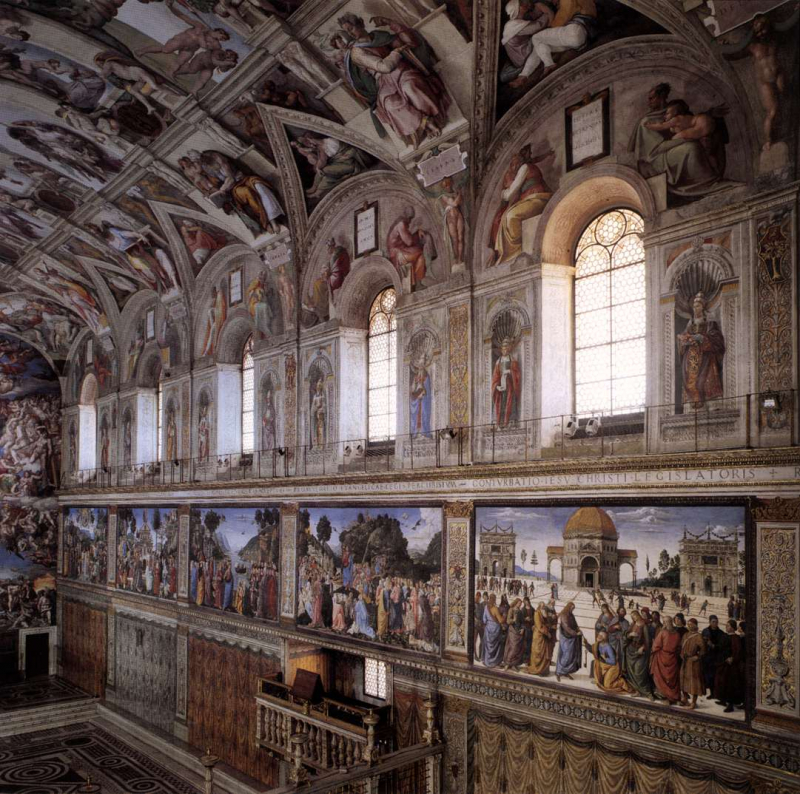
https://www.pinterest.com 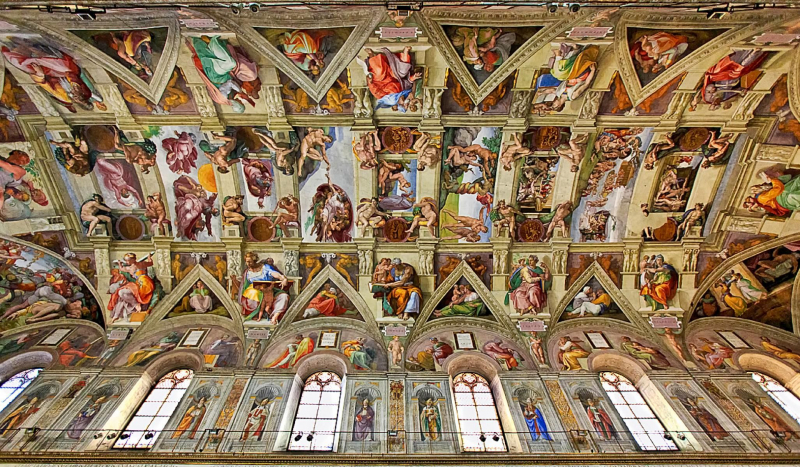
http://www.wga.hu -
The Borobudur complex, which was constructed between the eighth and ninth centuries AD, was mysteriously abandoned in the fifteenth century. The Borobudur Complex contains three historical sites: the Borobudur Temple and two smaller temples, which were constructed on a horizontal axis to the east of Borobudur. The Pawon Temple and the Mendut Temple are the names of the two little temples.
Due to volcanic activity, the area was covered in ash over time, and Java's plant life ultimately grew over the ancient remains. In 1814, the then-English governor Thomas Stamford Raffles started searching for and reclaiming the site. His team ultimately discovered the temples after more than two months of work. An international initiative to restore the historic Buddhist temple to its original splendor was started by UNESCO in 1972.
After 11 years, the restoration work was finished in 1983. The temple was rebuilt twice using the materials that were already on the site. In order to strengthen and reinforce the structure and allow for proper water runoff, almost all of the site's existing materials were used, with only modest changes that did not compromise the integrity or value of the site.- Country: Indonesia

https://www.worldhistory.org 
http://asianhistory.about.com/ -
Movies like Transformers: Revenge of the Fallen and Indiana Jones and the Last Crusade have made Petra's ruins more well-known. Petra was built in a seismic zone and abandoned in the sixth century, making it vulnerable to destruction from earthquakes and floods. At the end of the 20th century, the site was also under serious threat from the ongoing flood of tourists.
Petra was placed on the World Monuments Fund's Watch List in the 1990s in an effort to address its problems with tourism management. A long-term site plan was created in collaboration by the WMF, the Jordanian Ministry of Tourism and Antiquities, and the Petra National Trust. The beautiful Great Temple, several of the columns, the entrance gorge, the Byzantine Church, as well as the reconstruction of the site's antiquity water systems, were all restored in addition to other research and projects.
- Country: Jordan
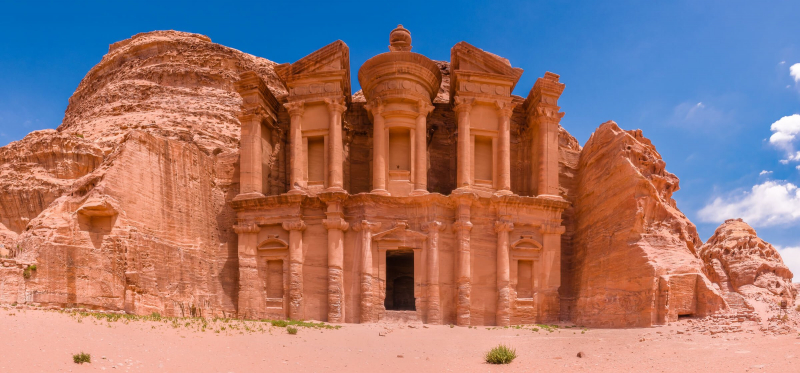
https://thenextcrossing.com 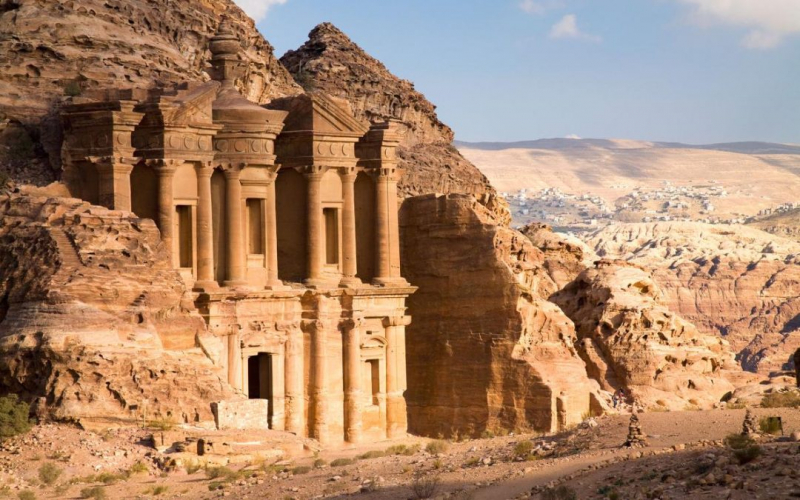
https://stevenmcollins.com -
The locations where Lord Shiva is claimed to have appeared as a pillar of fire are known as the 12 Jyotirlingas or Jyotirlingam. One of the twelve is kept at the Somnath Temple in Gujarat, India. It is therefore an important tourist destination and a holy religious site. Due to the temple's frequent devastation by invaders and their subsequent reign throughout history, it has been rebuilt and restored countless times.
After being demolished in October 1950 so that it could be moved to a new location a few kilometers away, the current temple was rebuilt once more. India's temples have experienced extensive destruction as well as restoration.
India was praised for its excellence in demonstrating the superiority of restoration over destruction through the restoration of the Somnath Temple. Political figures viewed its restoration, which took place soon after India got independence from Britain, as a move that restored the pride of the country.
- Country: India
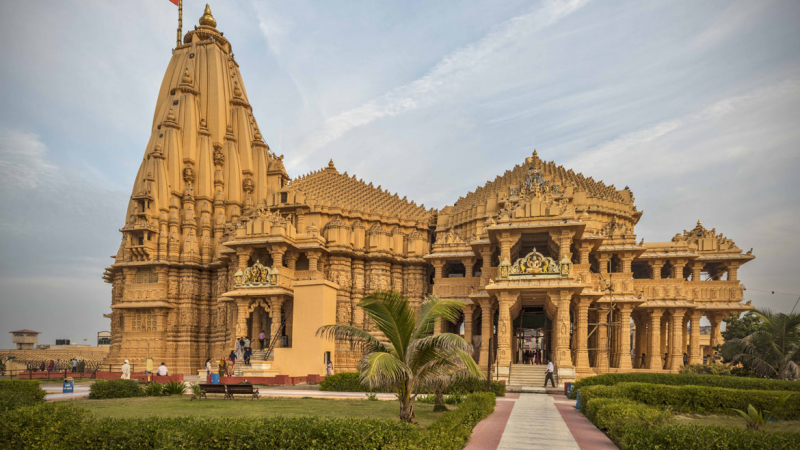
https://www.tourmyindia.com 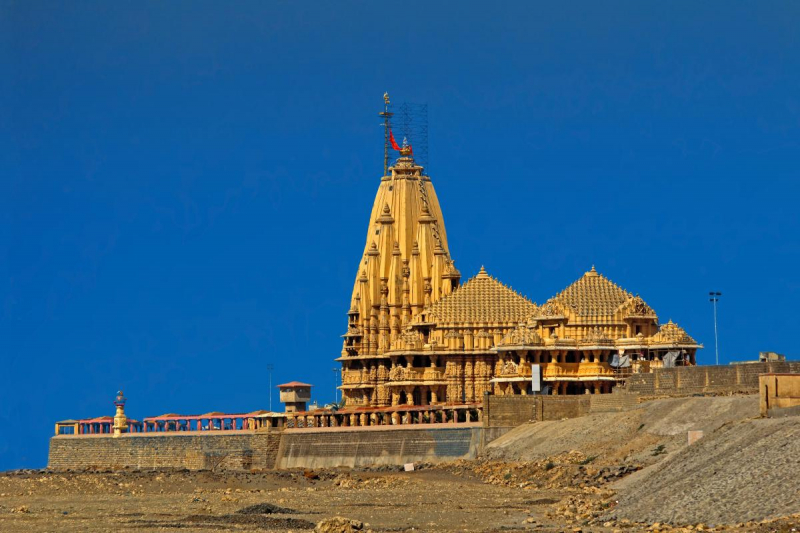
http://krishnabhumi.in/ -
The Pyramid of Djoser, which is said to be Egypt's earliest stone pyramid, was just just reopened to the public following a careful repair that took more than 14 years and $6.6 million to complete. The first perpendicular tomb for the Pharaoh Djoser, the 197-foot (60-meter) edifice was reportedly constructed and built almost 4,700 years ago by the architect Imhotep.
The inside of the pyramid is actually a void network of walkways over 3 miles (4.8 kilometers) long that were constructed using more than 11.6 million cubic feet (328,500 cubic meters) of stone and clay, despite the fact that the outside of the pyramid gives the impression that it is a compact mountain of stone.
In actuality, as time passed, the intricate interior inexorably compromised its structural stability, and the earthquake that struck Cairo in 1992 nearly destroyed its foundation. Airbags created by structural experts were installed across the most susceptible areas of the pyramid to ensure structural safety throughout the restoration.
To assist it maintain its shape, steel rods were also ran through the steps like rebar. The restoration workers were able to rebuild the hallways and ceilings and install a new framework for interior illumination thanks to these various fortification strategies. Additionally, they made a few contemporary changes to the building to improve accessibility for those with impairments.
- Country: Egypt
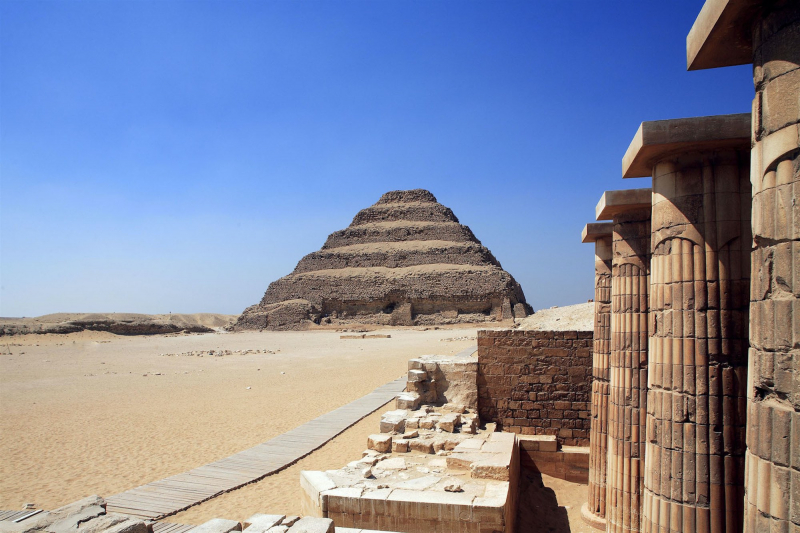
https://www.elmens.com 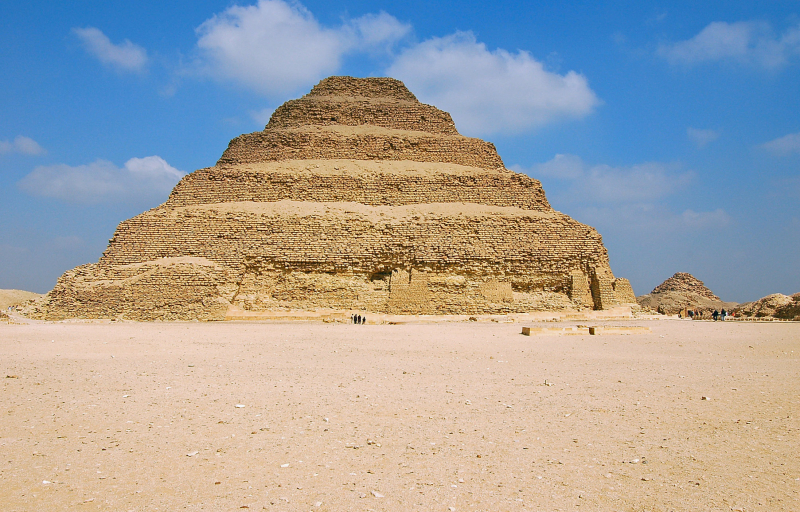
http://youarecurrent.com/












